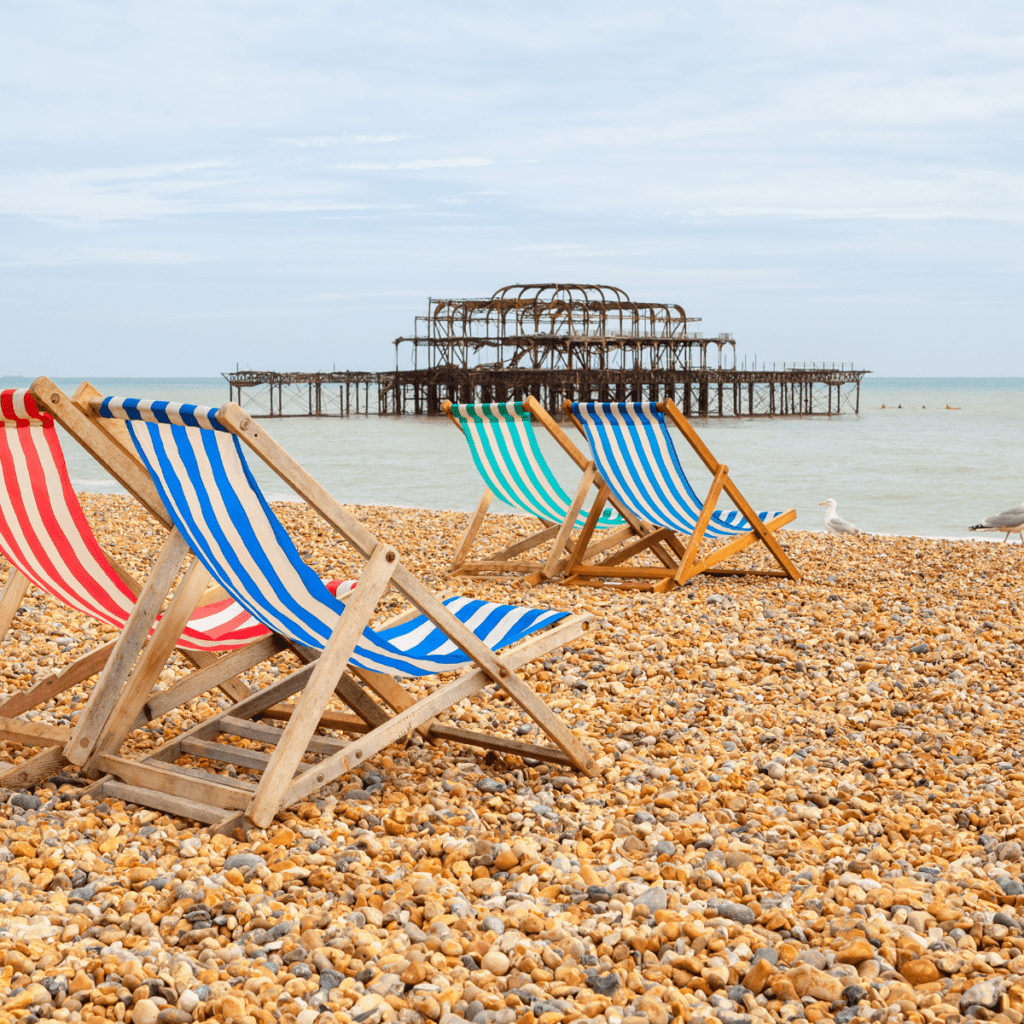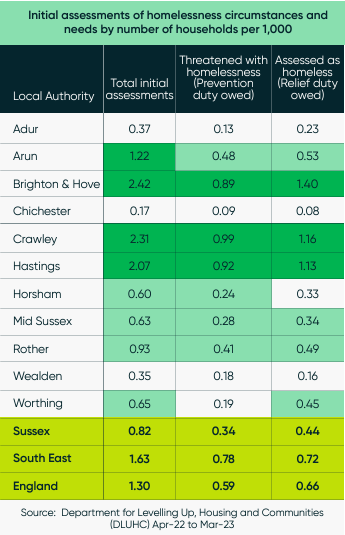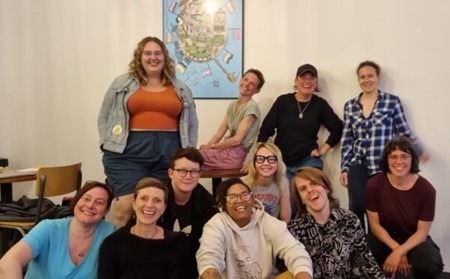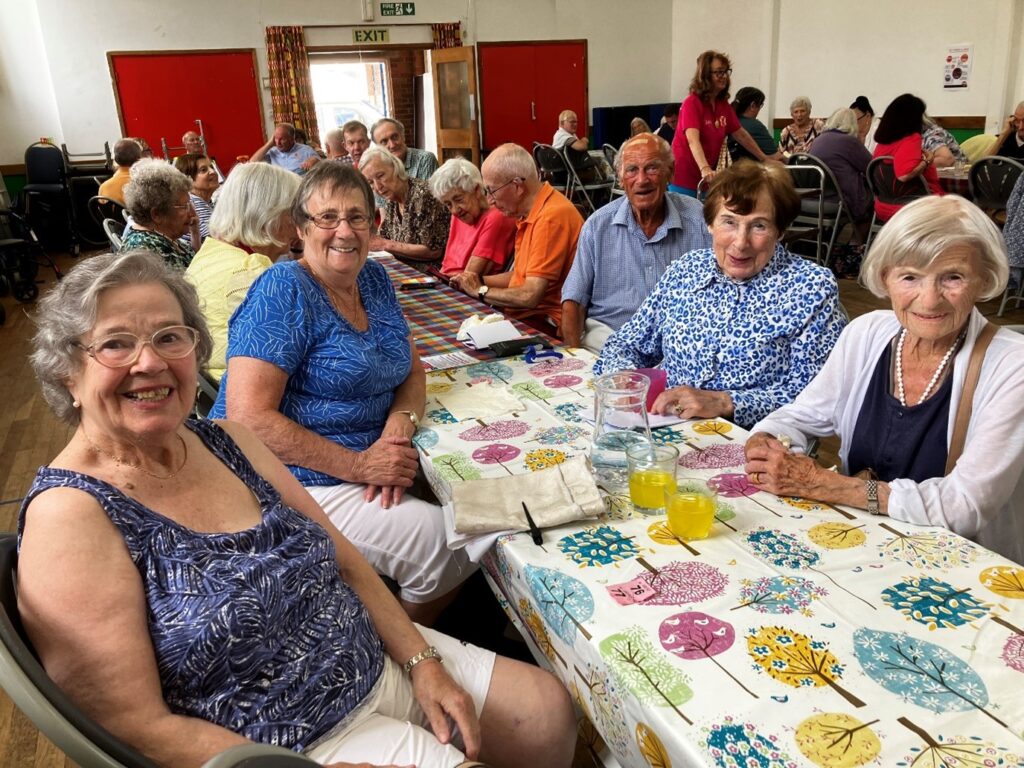How financial planning and charitable gifting can go hand in hand
For more than 25 years, Herbert Scott has helped people achieve their life’s goals through meaningful financial planning and that often includes charitable gifting.
Our focus is often on clients coming up to, or in the early phases of, retirement. Understandably, as clients age, the early question of “have I got enough to live the life I want in retirement?” evolves into “what can I do to mitigate my Inheritance Tax bill?”.
Charitable gifting
Not all clients have wider family to pass their funds on to, and even those that do still often wish to undertake an element of charitable gifting. This can either be during their lifetime, when the value of the gifted funds could potentially be outside of their estate immediately, or in their Wills when the rate of IHT applied can be reduced from 40% to 36% where 10% or more of their taxable estate is left to charity.
Working with Sussex Community Foundation
It is at times like this that we often turn to the expertise of Sussex Community Foundation to better the philanthropic conversations we have with our clients. From our viewpoint, involving the Foundation in these discussions provides us with confidence about the charitable gifting our clients undertake, safe in the knowledge that the charities have undergone the scrutiny of the Foundation’s due diligence. It also broadens our clients’ awareness of charities which are of particular interest to them and gives them the opportunity to have as much (or as little) involvement with the charities as they feel comfortable with.
Case study
We recently introduced an elderly client to the Foundation, after using our cashflow planning software to establish she had more than sufficient wealth to meet any eventualities she was likely to encounter during her remaining lifetime, including the potential funding of care fees. She wanted to see what other options there were to reduce the Inheritance Tax bill on her estate and, while she was not averse to paying some Inheritance Tax, the idea of having some control over where her surplus money was spent appealed, rather than leaving this decision to the Government on her death.
We explored options such as increasing gifting to her family, investing in tax-lead Inheritance Tax planning schemes, and charitable gifting. At this point, we introduced our client to the Foundation so that they could help her gain a better understanding of the range of local charities and community groups that aligned with her philanthropic interests. Under their guidance she decided to set up a Donor Advised Fund.
On a personal note, I continue to be heartened by the number of clients who are interested in making charitable donations as part of their financial plan and having good conversations around this subject is a valuable part of the service we provide.
Tracey Payne BA(Hons), Chartered FCSI, DipPFS
Investment Director & Financial Planner
Herbert Scott Ltd
The Left Bank, 173 High Street, Lewes, East Sussex, BN7 1YE
enquiries@herbertscott.uk
www.herbertscott.co.uk
Herbert Scott is authorised and regulated by the Financial Conduct Authority.
This article is distributed for information and/or educational purposes and should not be considered investment advice or an offer of any product for sale.



